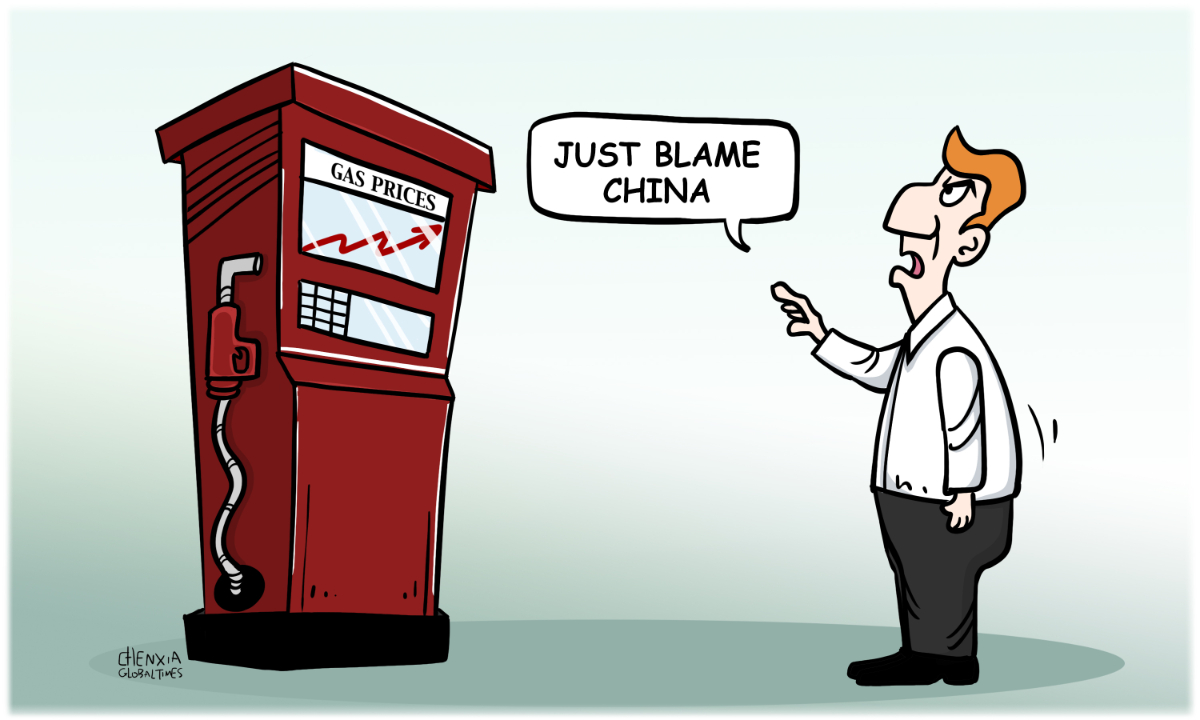India’s global ambitions are concretized by its agile economic policies

India’s global ambitions are concretized by its agile economic policies
The Covid-19 Pandemic has presented humanity with difficulties never before seen. For a number of reasons, it is unquestionably a pandemic of unusual nature. In the fight against an “invisible adversary,” national resources have been heavily utilized, driving up government debt levels everywhere.
The Covid Outbreak was being treated throughout the world when Russia invaded Ukraine, making things worse. Global inflation has been fueled by the Covid Stimulus, which provides financial help to consumers in developed nations, as well as rising energy and raw material costs, disrupted global supply chains, prices for food and non-food commodities, and an increase in international freight.
Indian Inflation
India’s inflation rates are at an eight-year high. On the plus side, the Reserve Bank of India said that India’s inflation peaked in April 2022. India’s consumer inflation eased for a third straight month in July, falling to 6.71%. The core inflation was projected at 5.79-5.80% vs. 5.96-6.2%, while the annual food inflation was 6.75 per cent in July vs. 7.75 per cent in June.
India’s inflation is a result of global inflation rather than being caused by internal issues. India is maintaining a balance between supply and demand despite inflationary pressure, and growth is quickening. India is becoming a desirable destination for portfolio flows even as the global economies tremble. Net inflows of US$ 4.4 billion for equity and US$ 0.3 billion for debt have been recorded. On August 12, 2022, the value of the portfolio’s interests in India was 623.8 billion US dollars.
Global Inflation

When prices soar and assets are quickly depleted, high levels of inflation can be dangerous. According to Reuters, yearly inflation in Venezuela reached 137% this year, placing the country in a state of hyperinflation. The inflation rate is also high in countries like Sudan, Lebanon, and Zimbabwe. With an increase of 8.3% annually in April, only 0.1% less than in March, inflation in the US is approaching a 40-year high.
According to a Pew Research Center study, only 19% of Americans thought the Covid-19 Pandemic was a serious problem for the nation; in contrast, 70% thought inflation was a major issue. In April, France’s annual inflation rate reached 4.8%, which was a record high since October 1985. A 40-year high inflation mark was also achieved in April by the consumer price index in the United Kingdom, which reached 9%.
The Indian government’s decisive economic policies

While the West provided financial help for the majority of households in 2020, India chose the disciplined and solitary road, which fared better than its contemporaries. This decision has received much criticism. Countries that implemented a massive stimulus program concurrently with strict lockdowns are currently experiencing unprecedented inflation.
Every nation’s discretionary fiscal policies are categorized into three areas by Bruegel, a famous research tank with headquarters in Brussels.
1) Immediate Fiscal Impulse
2) Postponements
3) Liquidity Provisions
The Immediate Fiscal Impulse has become the focal point of the majority of economies. Immediate Fiscal Impulse Stimulus is comprised of China’s 67%, the US’s 63%, Indonesia’s 60%, and Brazil’s 89%. India accounts for 12% of the global stimulus in this sector, with the majority of the aid going to liquidity and deferral provisions. The deficit in India has a stronger structural than cyclical component. India’s overall debt to GDP ratio is therefore quite healthy when compared to its competitors.
- Healthcare First:

In the early stages of the Pandemic, the Healthcare vs. Economy Debate was a primetime topic for every news station. However, the choice to prioritize building out the health infrastructure paid off in the two years spent fighting the pandemic. The national, state, and municipal administrations all responded quickly to the lockdown announcement from the prime minister.
Increased testing capacity was implemented. The number of testing laboratories in the nation climbed dramatically over five months from 14 in February to over 1596 in August. With the help of sufficient financial aid, India’s Agile Healthcare reaction to the dangerous Pandemic is commendable, from the launch of Aarogya Setu for contract tracing assistance to the swift establishment of specialised Covid facilities. Manufacturing of PPE has increased to 600,000 from almost no output.
By the end of June 2020, the manufacturing of ventilators had reached 1,000. The yearly manufacturing capacity for 3-layer surgical masks and N95 masks had risen to 31.2 million and 1.5 billion, respectively, by May. Over 213 Cr vaccine doses were administered as part of one of the biggest vaccination drives ever undertaken by India. The latest Union Budget increased the budget for the health sector by 16%. The government’s first priority was to protect lives while making the most of its resources to improve the healthcare system and step up vaccination campaigns.
- Safety Net:

According to Sanjeev Sanyal (Member, PM-EAC), “India’s strategy centred on building a safety net for the disadvantaged people and the business sector, unlike most nations who may have decided to supplement the demand generation considerably.” Approximately two-thirds of the population would be covered under the government’s Pradhan Mantri Garib Kalyan Yojana, which will cost Rs. 1.70 lakh crore. Payment for the first instalment of PM-KISAN was paid ahead in April 2020.
83 million families received an ex-gratia payment of Rs 500 per month for three months from Jan Dhan account holders. Free LPG cylinders were given to people living below the poverty line, and the government raised the amount of collateral-free loans to Rs 200,000 available to 630,000 Self-help Groups (SHGs), which serve 70 per cent of the population. A substantial safety net was created for MSMEs thanks to a Rs 3 lakh crore collateral-free loan with a 100% credit guarantee and Rs 20,000 crore in subordinate debt for distressed MSMEs.
- Capital Expenditure:

Former Chief Economic Advisor Krishnamurthy Subramanian stated that the government has aggressively prioritized capital spending; even when revenue expenditures are managed pretty efficiently, the multiplier impact is still less than 1. Contrarily, capital investment has a high multiplier of 4.5 and is hence more productive. To continue the public investment-led recovery, the Finance Minister increased capital spending by 35.4% for FY 22-23, to Rs 7.5 lakh crore.
The proportion of CAPEX is at its highest level in 19 years. The Production Linked Incentive Scheme, valued at up to Rs. 1.46 lakh crore, would boost export and increase India’s industrial capacity; A 50-year interest-free loan program called Special Assistance to States for Capital Investment allows states to borrow up to $12,000,000,000; an additional $33,220,000,000 is available for public health with an emphasis on pediatric and child care;
With conditions such as advancing Gati Shakti, funding the PM Gram Sadak Yojana, expanding the optical fibre cable network, disinvesting, implementing urban reforms, and implementing monetary reforms, the government would grant the states interest-free CAPEX loans worth Rs 1 trillion.
- Demand vs Supply:
At the outset of the crisis, supply and demand were a source of worry. Production activity was constrained by workforce migration on the supply side. When regular income ceased, demand suffered and people’s ability to spend was reduced.
It has been a success for India to prioritize Supply Chain Management; yet, one cannot simultaneously depress the throttle and brakes. The macro strategy that solely increases demand produces short-term growth and long-term high inflation, according to Learning Lessons from India’s policy response to the Asian & Global Financial Crises.
In contrast, a strategy that encourages supply and demand leads to long-term growth without significant inflation. Demand increased steadily when India relaxed its restrictions on Covid, and because a strong supply chain was already in place, inflation edged up to the safe level but largely held steady.
- Debt Management:

One of the crucial elements of the pandemic was managing debt. India overcame debt management by focusing on the right recipients. For example, even if the government gave Rs 15,000 to each of its 50 crore citizens, it would cost an astonishing Rs 6 lakh crore; even this large money would fall far short of meeting the needs of the poor. In the medium to long term, the increased debt increases the government deficit.
Concerns about debt sustainability may arise if this debt continues to grow above a certain point. The government’s decision to implement a 7500 Cr Credit Guarantee Facility for MFIs to lend up to Rs 1.25 lakh to small borrowers, on the other hand, makes a significant difference because improved targeting allows for restricted financial profligacy. India does pretty well, compared to other developed nations that are dealing with a persistent economic crisis and high inflation. India has made a global statement by going from having the fifth-largest economy to perhaps having the fastest-growing economy.
Although many people questioned India’s economic response to the pandemic, the government has demonstrated its leadership and skill in interpreting the facts. “Barbell Strategy, Safety Nets & the Agile Framework,” a framework for dealing with ambiguous situations by making plans for the future, served as the main organizing principle for combating the pandemic. By concentrating on the Healthcare-First strategy, Creating a Safety Net, Selective Targeting, Increasing CAPEX, and Debt Management, Nigeria has done very well with little budgetary room.
India’s growth has been increased by structural changes including amending the MSME laws, labour market, and essential commodities act. The most current PLFS data showed that India’s unemployment rate dropped to 7.6% in the April–June quarter of 2022, the lowest level recorded since the survey’s inception. This shows how successful PLI and other programs have been in India. India’s worldwide goals are not simply ideas on paper but are becoming a reality thanks to the government’s long-term planning and flexible policies.




